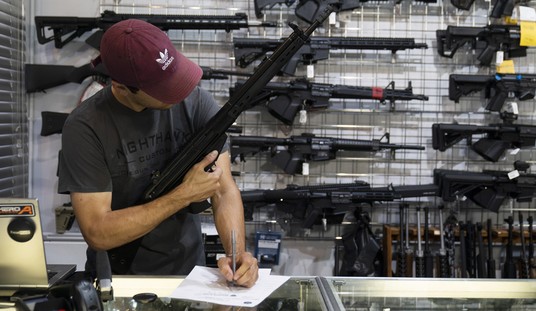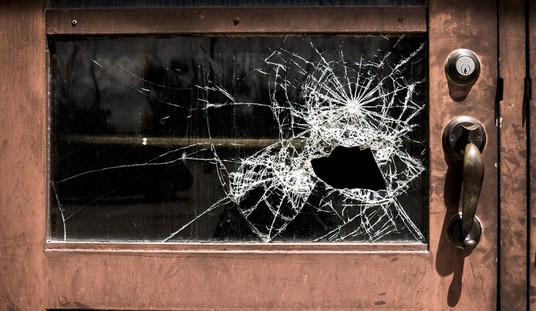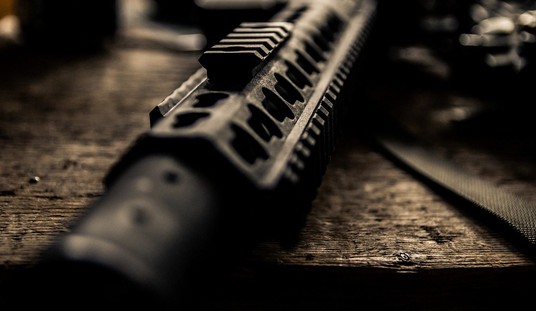Attorneys for the St. Anthony (MN) police officer who shot and killed Philando Castile during a traffic stop in July of 2016 claim that he fired because Castile hid his right hand and officer Yanez thought Castile was reaching for his gun.
Attorneys for a Minnesota police officer accused of fatally shooting Philando Castile during a traffic stop say the 32-year-old black man was reaching for his gun when he was killed.
In a memorandum filed on Tuesday, defense attorneys for officer Jeronimo Yanez argued his actions were ‘intentional and justified’ because Castile reached for his gun, which they said was ‘accessible’.
The memo contradicts prosecutors’ claims that Yanez, who is charged with manslaughter and two felony counts of dangerous discharge of a firearm, didn’t see the weapon and made conflicting statements about it.
Castile, a school cafeteria employee, was shot seven times during a traffic stop in Falcon Heights, Minnesota, on July 6, 2016, the aftermath of which was livestreamed on Facebook by his girlfriend Diamond Reynolds.
The police officer had pulled over the couple because they ‘looked like the people that were involved in a robbery’ at a nearby convenience store, and because of a non-working brake light, according to the criminal court filing.
After Yanez approached and asked for identification, Castile ‘calmly, and in a non-threatening manner informed officer Yanez: Sir, I have to tell you that I do have a firearm on me,’ according to John Choi of the Ramsey County Attorney’s Office.
The officer asked Castile not to pull out the handgun, and the man affirmed that he was not doing so, Choi said.
Moments later, authorities said Yanez shot Castile seven times, while he was still buckled into his seat. Reynolds said that Castile had been trying to pull out his wallet, not his gun.
Yanez’s partner and long time friend, officer Joseph Kauser, did not see an identifiable threat during the traffic stop and never drew his weapon. His testimony, along with that of Diamond Reynolds and the physical evidence, are what led to charges against officer Yanez.
Often times before a trial there is enough evidence publicly known that you get a general sense of whether there is an overwhelming amount of evidence that is going to decisively going to lead to a guilty verdict, and other times the evidence looks thin, and the probability of a conviction seems much more suspect.
While I have strong doubts about the validity of Yanez’s claims that he thought Castile was reaching for a gun, how do prosecutors prove beyond a reasonable doubt that Yanez’s response to that perceived threat was both unreasonable and criminal?








Join the conversation as a VIP Member